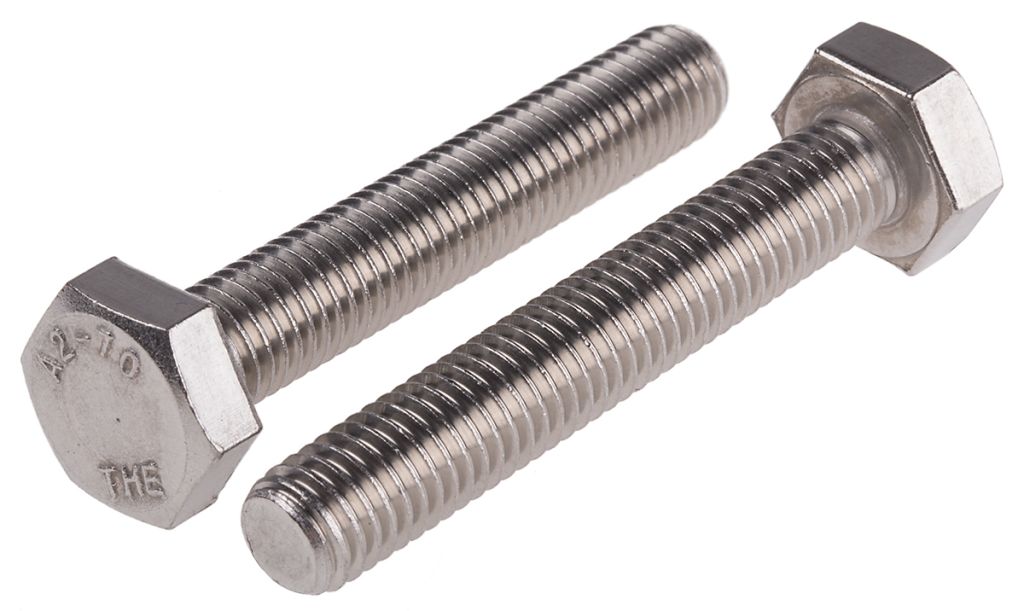Understanding the Different Grades of High-Tensile Structural Bolts
Learn the differences between grades 8.8, 10.9, and 12.9 high-tensile structural bolts, and find out how to choose the right one for your project.

When it comes to building something strong and safe, the fasteners you choose matter just as much as the big steel beams or heavy plates. High-tensile structural bolts might look small compared to the rest of the structure, but they carry a massive load literally. Understanding their different grades can help you pick the right one for the job and avoid costly mistakes.
What Are High-Tensile Structural Bolts?
At their core, these bolts are just threaded metal rods with a head on one end and a nut on the other. The “high-tensile” part means they’re made from steel that’s been treated to handle more stress and strain before breaking. They’re the go-to choice for bridges, towers, industrial buildings, and anywhere safety is non-negotiable.
Why Grades Matter
Not all bolts are created equal. The “grade” tells you about its strength, durability, and ideal application. Choosing the wrong grade could mean over-engineering (and overspending) or, worse, under-engineering, which can lead to dangerous failures.
Grades are usually marked on the head of the bolt, so you can tell at a glance what you’re working with.
Common Grades of High-Tensile Structural Bolts
Here’s a simple breakdown of the grades you’re most likely to encounter:
Grade 8.8
- Strength: Medium-high tensile strength.
- Use Case: Ideal for general structural work, machinery, and automotive applications.
- Note: Offers a good balance between cost and performance.
Grade 10.9
- Strength: Higher tensile strength than 8.8.
- Use Case: Common in heavy machinery, high-stress joints, and critical automotive components.
- Note: Handles more torque but may require careful tightening to avoid stress cracking.
Grade 12.9
- Strength: Very high tensile strength.
- Use Case: Used in extreme load conditions like heavy industrial equipment or high-performance vehicles.
- Note: Overkill for most construction best saved for specialized engineering needs.
Coatings and Protection
High-tensile bolts don’t just differ in grade; they can also come with protective coatings like:
- Zinc plating for basic corrosion resistance.
- Hot-dip galvanizing for outdoor or marine environments.
- Black oxide for a sleek finish and mild corrosion protection.
Picking the right coating is just as important as choosing the right grade, especially if your structure will face harsh weather.
How to Choose the Right Bolt
- Check the load requirements: Know the forces your joint will face.
- Consider environmental conditions; Will it be indoors, outdoors, or in contact with water?
- Follow engineering specs: Always match or exceed the recommended grade in your design.
- Don’t mix grades in the same joint: This can create uneven load distribution.
Final Thoughts
High-tensile structural bolts may be small, but they hold up some of the biggest, heaviest, and most important structures in the world. By understanding the different grades and what they’re best for, you can make smarter choices that keep your projects safe and standing strong for decades.